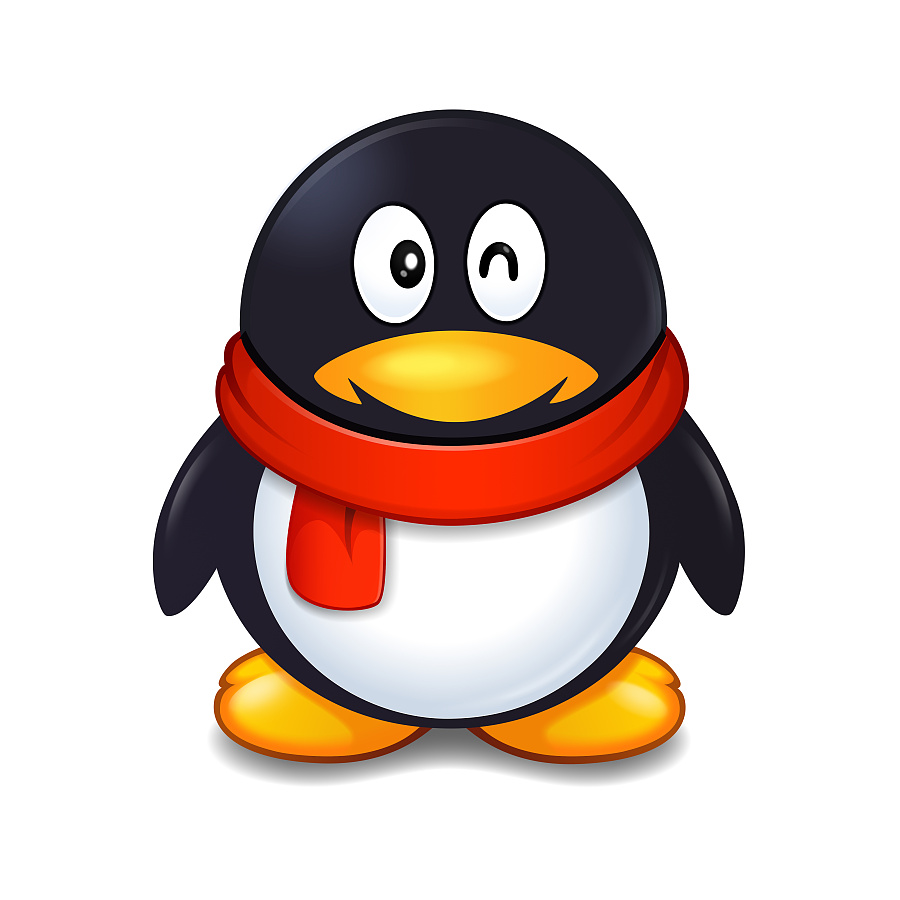vue中父组件监听子组件生命周期
文章类型:Vue
发布者:hp
发布时间:2023-08-01
在实际开发过程中,有时候父组件需要监听下子组件里面的生命周期,今天,整理一下方案
一:方案
1:采用emit方式传递
A:通过子组件$emit方式提交,父组件绑定一个方法实现监听
<cs @mounted="sonMounted"></cs>
mounted() {
console.log('123456')
this.$emit('mounted','子组件mounted触发')
}B:完整代码
//子组件
<template>
<view>{{msg}}</view>
</template>
<script>
export default {
data(){
return{
msg:'123456'
}
},
mounted() {
console.log('123456')
this.$emit('mounted','子组件mounted触发')
}
}
</script>
<style>
</style>
//父组件
<template>
<view class="content">
<image class="logo" src="/static/logo.png"></image>
<view class="text-area">
<cs @mounted="sonMounted"></cs>
</view>
</view>
</template>
<script>
import cs from '../../components/cs.vue'
export default {
components:{
cs
},
data() {
return {
title: 'Hello'
}
},
onLoad() {
},
methods: {
sonMounted(data){
console.log('触发')
console.log(data)
}
}
}
</script>
2:hook简写方式,子组件不需要$emit
<cs @hook:mounted="sonMounted"></cs>
mounted() {
console.log('123456789')
}二:总结
1:微信小程序不适用方案二,会监听不到!!!
2:hook方式可以监听created等生命周期
3:子组件的mounted比父组件的mounted先触发
4:方案一$emit每次手动发布,而hook方式是自动发布监听
评论
共0条评论遵守法律,文明用语,共同建设文明评论区

暂无评论,快来发表第一条评论吧~